Decompression Sickness (DCS), colloquially known as "the bends," is a serious medical condition that arises when inert gas bubbles, primarily nitrogen, form within the body’s tissues and bloodstream.
This occurs due to a rapid reduction in ambient pressure, which disrupts the equilibrium between dissolved gases in the body and the surrounding pressure. DCS is commonly associated with environments involving significant pressure changes, such as deep-sea diving, caisson work, high-altitude flight, and extra-vehicular activity in space.
The condition can manifest in different forms, ranging from mild symptoms like musculoskeletal pain and skin changes (Type I) to more severe neurological, cardiorespiratory, and inner ear complications (Type II), and even life-threatening pulmonary issues (Type III).
Factors such as rapid ascents, insufficient decompression, individual health conditions like Patent Foramen Ovale (PFO), obesity, dehydration, and age all play a role in increasing the risk of DCS. Early diagnosis is often complicated by the diverse nature of its symptoms.
Immediate treatment generally involves 100% oxygen administration, with Hyperbaric Oxygen Therapy (HBO) serving as the primary treatment. Prevention strategies include following established decompression protocols and avoiding rapid pressure changes.
Physiological Basis of DCS
The development of DCS is primarily governed by gas laws such as Henry's Law, Dalton's Law, and Boyle's Law.
These principles explain how gases dissolve into bodily tissues under pressure and how their solubility decreases as pressure is reduced.
During rapid ascents, the dissolved gases, particularly nitrogen, are no longer able to remain in solution and form bubbles, causing tissue damage and the characteristic symptoms of DCS.
Classification and Clinical Presentation
The clinical presentation of DCS can range from mild to severe. It is classified into three types based on the affected organ systems and the severity of symptoms:
-
Type I (Milder): This form affects the musculoskeletal system, skin, and lymphatic system, with symptoms including joint pain, skin mottling, and muscle pain.
-
Type II (Severe): This type involves more serious complications, including neurological symptoms like weakness, confusion, or even paralysis, and cardiorespiratory symptoms such as shortness of breath and chest pain.
-
Type III (Pulmonary): Type III DCS is the most severe and potentially fatal, primarily involving the lungs and causing pulmonary edema and circulatory collapse.
The onset of symptoms can vary, often appearing within an hour of pressure changes, but sometimes taking up to 24 hours. Early detection is key to preventing long-term complications.

Risk Factors and Predisposing Conditions
Various environmental, operational, and individual factors increase the likelihood of developing DCS. These include:
-
Rapid Pressure Reduction: Quick ascents from depth, exiting a caisson, or transitioning to high altitudes are key triggers.
-
Prolonged or Repeated Exposure: Longer exposure to pressure or repeated dives can increase nitrogen saturation in the body.
-
Physiological Factors: Conditions like dehydration, obesity, and a Patent Foramen Ovale (PFO) increase susceptibility. Age and pre-existing health conditions also contribute to higher risks.
Recommended: The 120 Rule in Scuba Diving: A Quick Guide to Safe Dive Planning & Its Limitations
Diagnosis and Differential Diagnosis
The diagnosis of DCS is clinical, based on the patient's history of exposure to pressure changes and the presentation of symptoms.
Physical examination may reveal skin changes, joint pain, neurological deficits, or lung-related complications. However, symptoms are often non-specific and can be confused with other conditions, such as musculoskeletal injuries or systemic illnesses.
Imaging and laboratory tests may help rule out other conditions, but they are typically not conclusive for DCS. Early clinical suspicion and treatment are vital to avoid delays that could worsen the patient’s condition.
Treatment Protocols
The immediate treatment for DCS involves administering 100% oxygen, which helps reduce bubble size and facilitates the removal of dissolved gases from the body. The definitive treatment is Hyperbaric Oxygen Therapy (HBO), which involves delivering oxygen at pressures greater than atmospheric levels. HBO therapy has several mechanisms of action:
-
Bubble Compression: It reduces bubble size, aiding in the reabsorption of gas into tissues.
-
Accelerated Nitrogen Elimination: Increases the gradient for nitrogen diffusion out of tissues.
-
Reduced Inflammation: Alleviates tissue damage caused by the bubbles.
-
Improved Oxygenation: Enhances oxygen supply to ischemic tissues.
The sooner the therapy is initiated, the better the prognosis, as delays can result in irreversible damage.
Prevention Strategies
Preventing decompression sickness is crucial for individuals exposed to high-pressure environments. Prevention strategies include:
-
Controlled Decompression: Gradual ascent with decompression stops allows inert gases to safely exit the body.
-
Hydration and Physical Health: Staying hydrated, avoiding alcohol, and maintaining good physical health can help reduce the risk.
-
Adherence to Decompression Protocols: Using dive computers or dive tables to calculate safe ascent profiles based on depth and time spent at depth.
-
Avoiding Flying After Diving: Waiting a recommended period after diving before flying, to prevent further bubble expansion due to reduced atmospheric pressure.
Long-Term Complications
If DCS is not promptly treated, long-term complications may arise, including:
-
Dysbaric Osteonecrosis (DON): Bone tissue death due to nitrogen buildup, often resulting in chronic pain and joint degeneration.
-
Neurological Deficits: Permanent neurological damage can occur, leading to weakness, memory loss, and in severe cases, paralysis.
-
Pulmonary Fibrosis: Long-term lung damage from pulmonary DCS, leading to chronic respiratory issues.
Conclusion
Decompression Sickness (DCS) is a complex and potentially life-threatening condition that can affect anyone exposed to significant pressure changes. It is most commonly associated with deep-sea diving but also affects caisson workers, aviators, and astronauts.
Understanding the pathophysiology of DCS and recognizing its symptoms early are essential for effective treatment. The cornerstone of management is the administration of 100% oxygen and Hyperbaric Oxygen Therapy (HBO), which has proven to be the most effective treatment for DCS.
Prevention, through careful planning and adherence to decompression protocols, is the best strategy to minimize the risk of DCS. Early intervention, combined with proactive safety measures, is essential to avoid the long-term complications associated with this condition.
FAQs
Q: What are the first signs of Decompression Sickness?
The early signs of Decompression Sickness (DCS) include joint pain (often referred to as "the bends"), muscle pain, skin rashes, dizziness, and sometimes nausea. Neurological symptoms like tingling or weakness may also appear.
Q: How can I prevent Decompression Sickness when diving?
To prevent DCS, always follow established dive tables or use dive computers to monitor depth and time. Ascend slowly, make required decompression stops, stay hydrated, and avoid alcohol before and after diving. Additionally, allow adequate surface intervals between multiple dives.
Q: Can Decompression Sickness occur without symptoms right away?
Yes, in some cases, symptoms of DCS can be delayed for several hours after pressure exposure. It's essential to seek medical attention even if symptoms appear mild or develop later to prevent long-term complications.
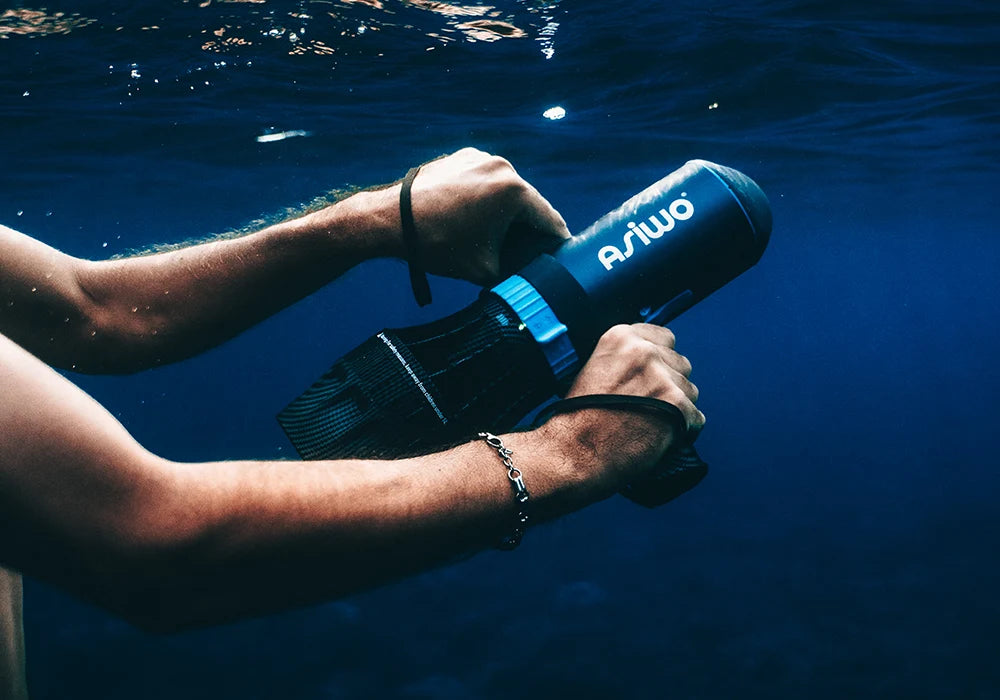

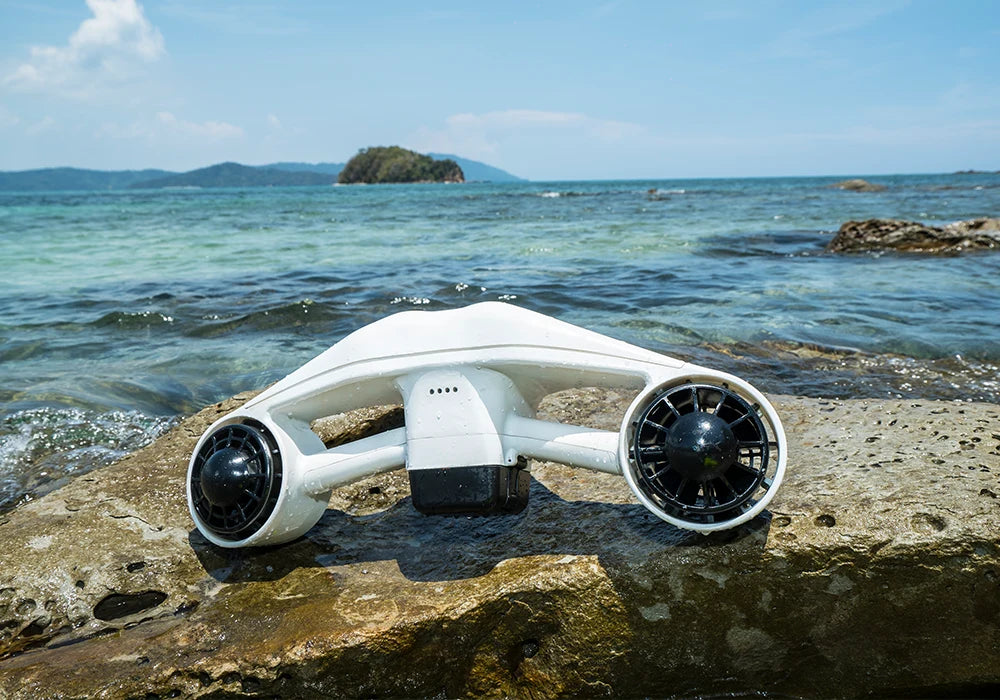
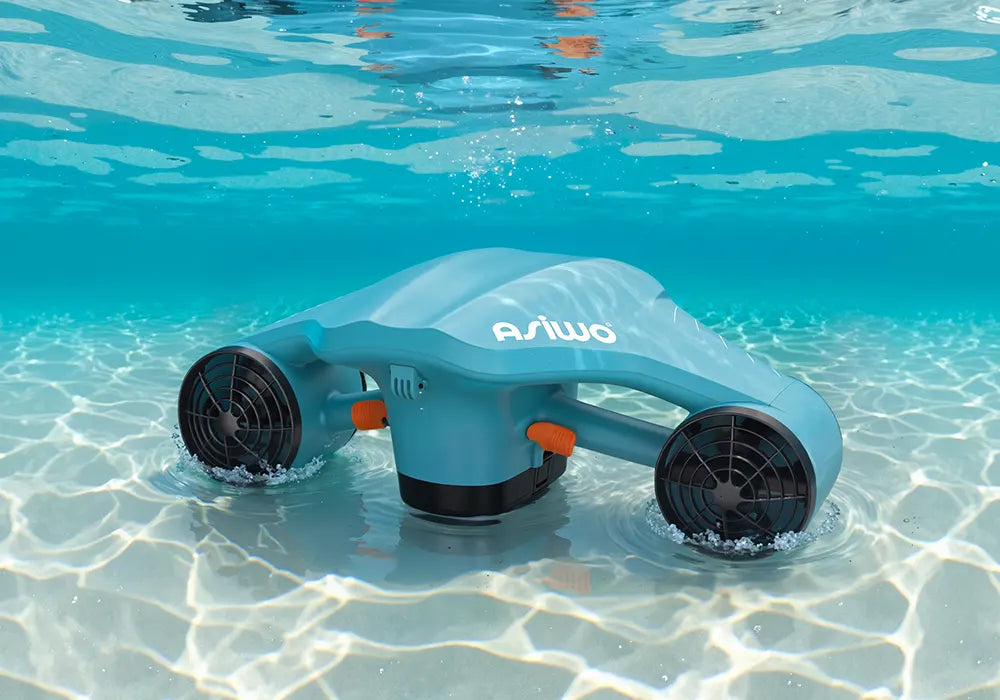
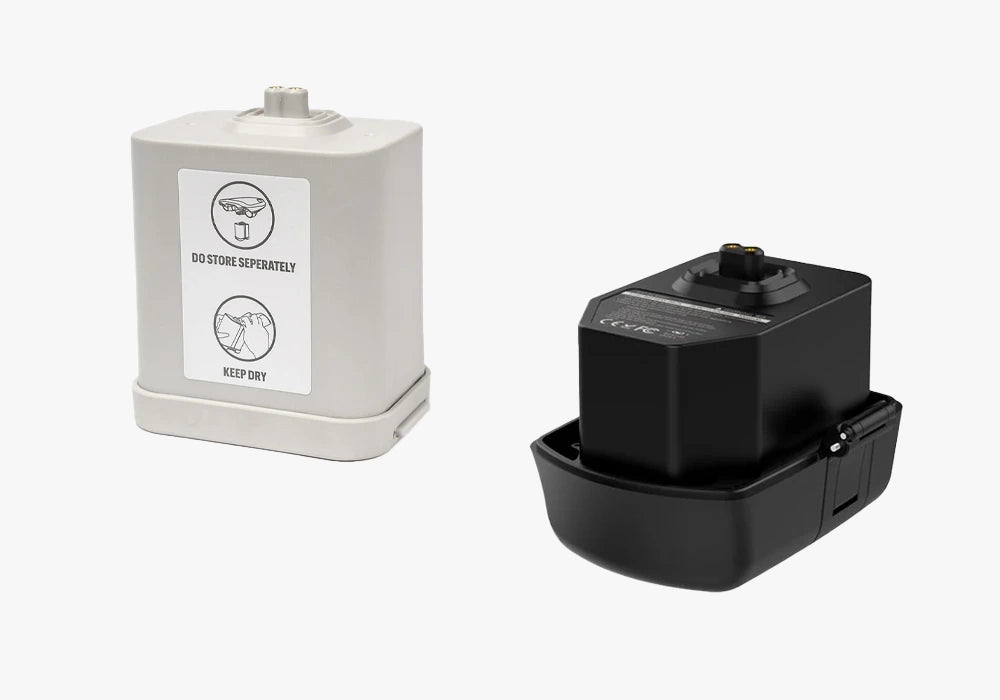





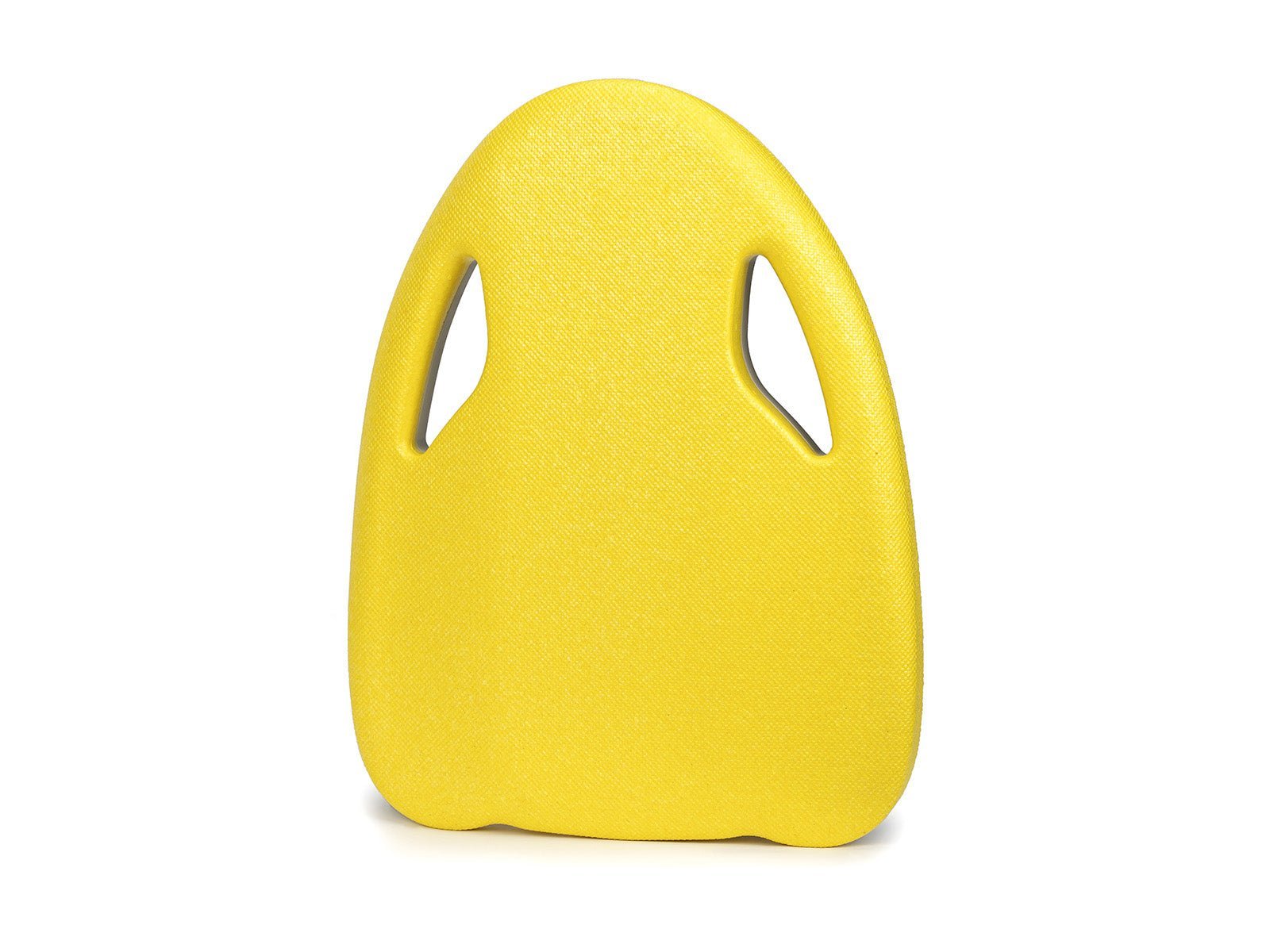

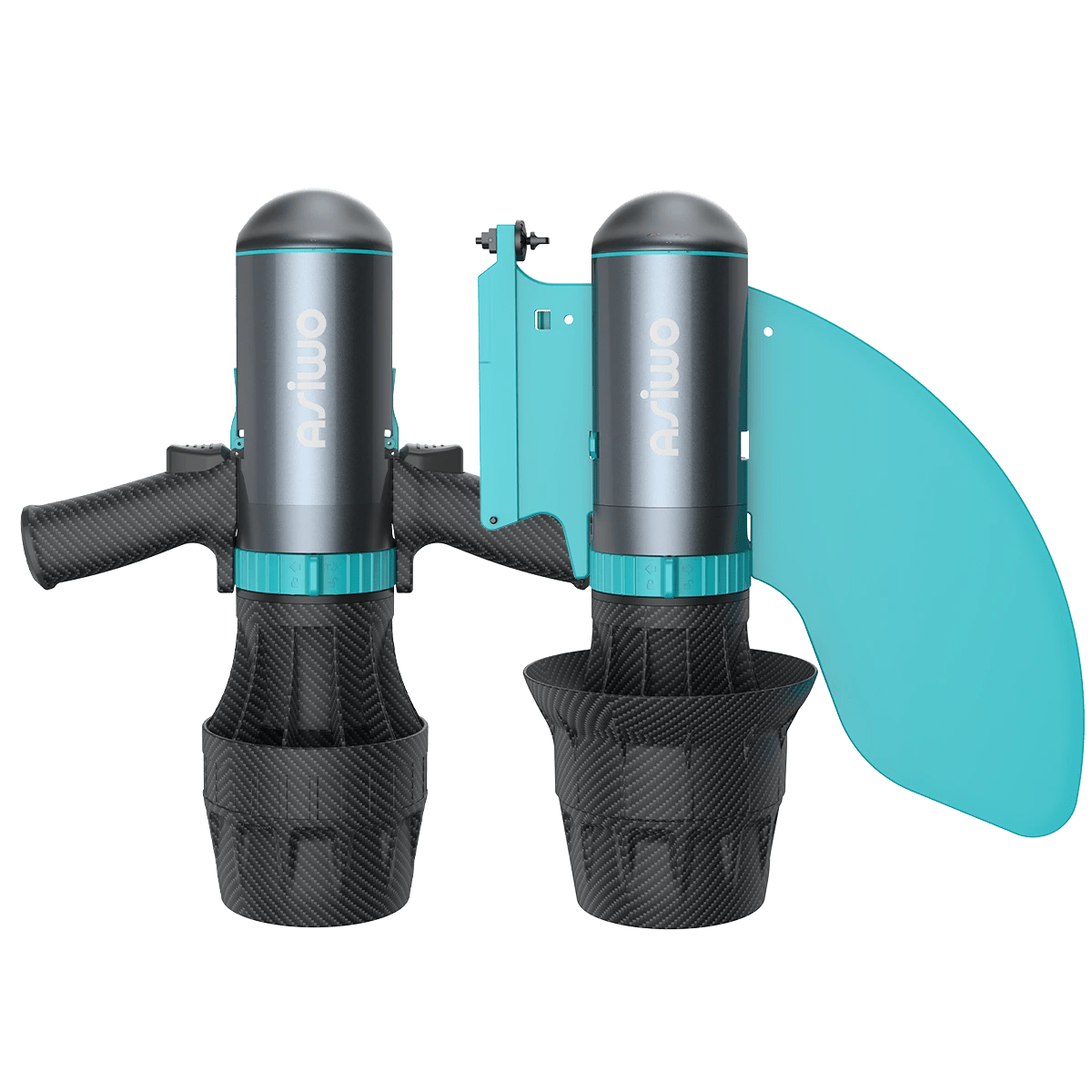

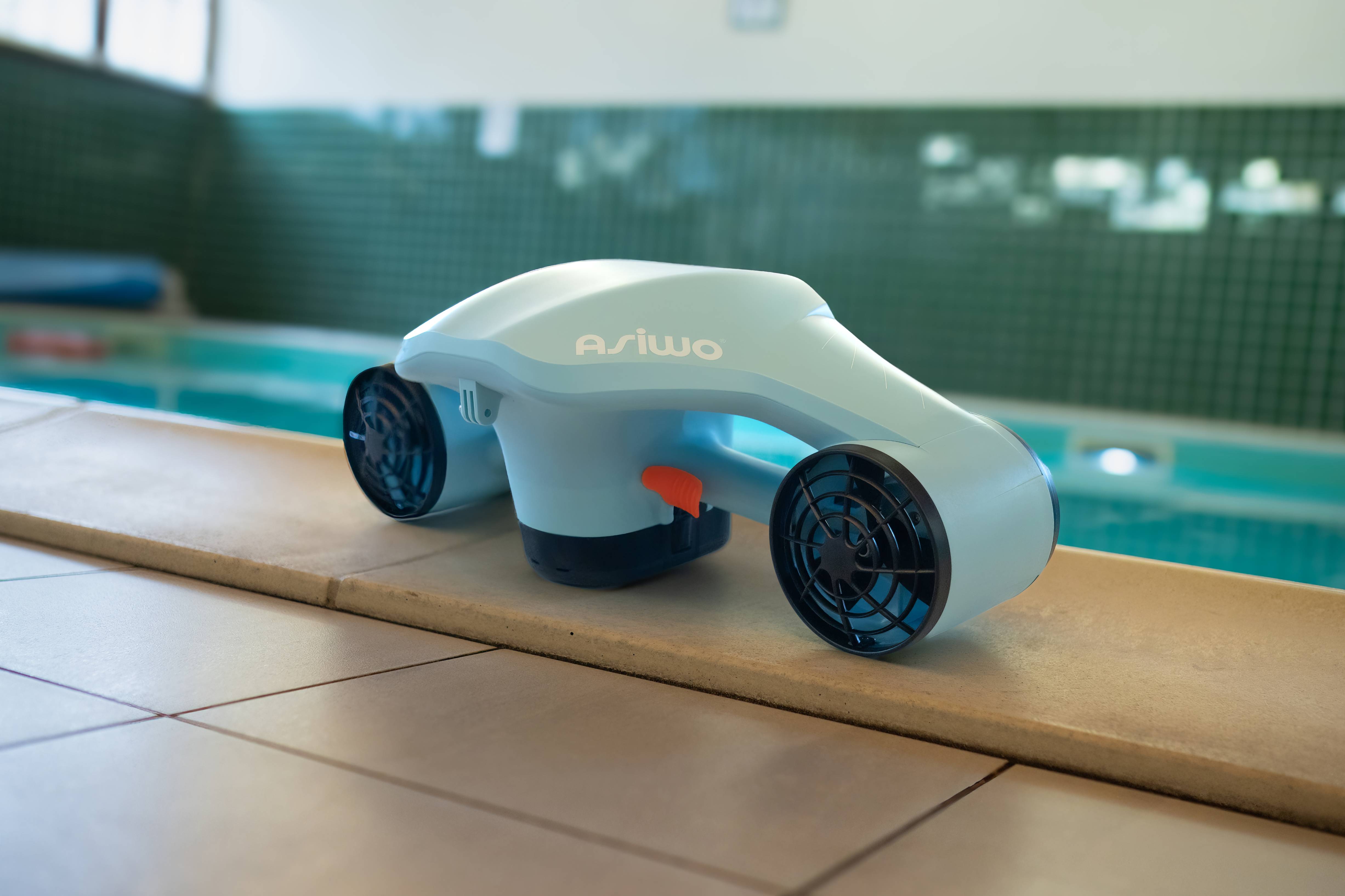

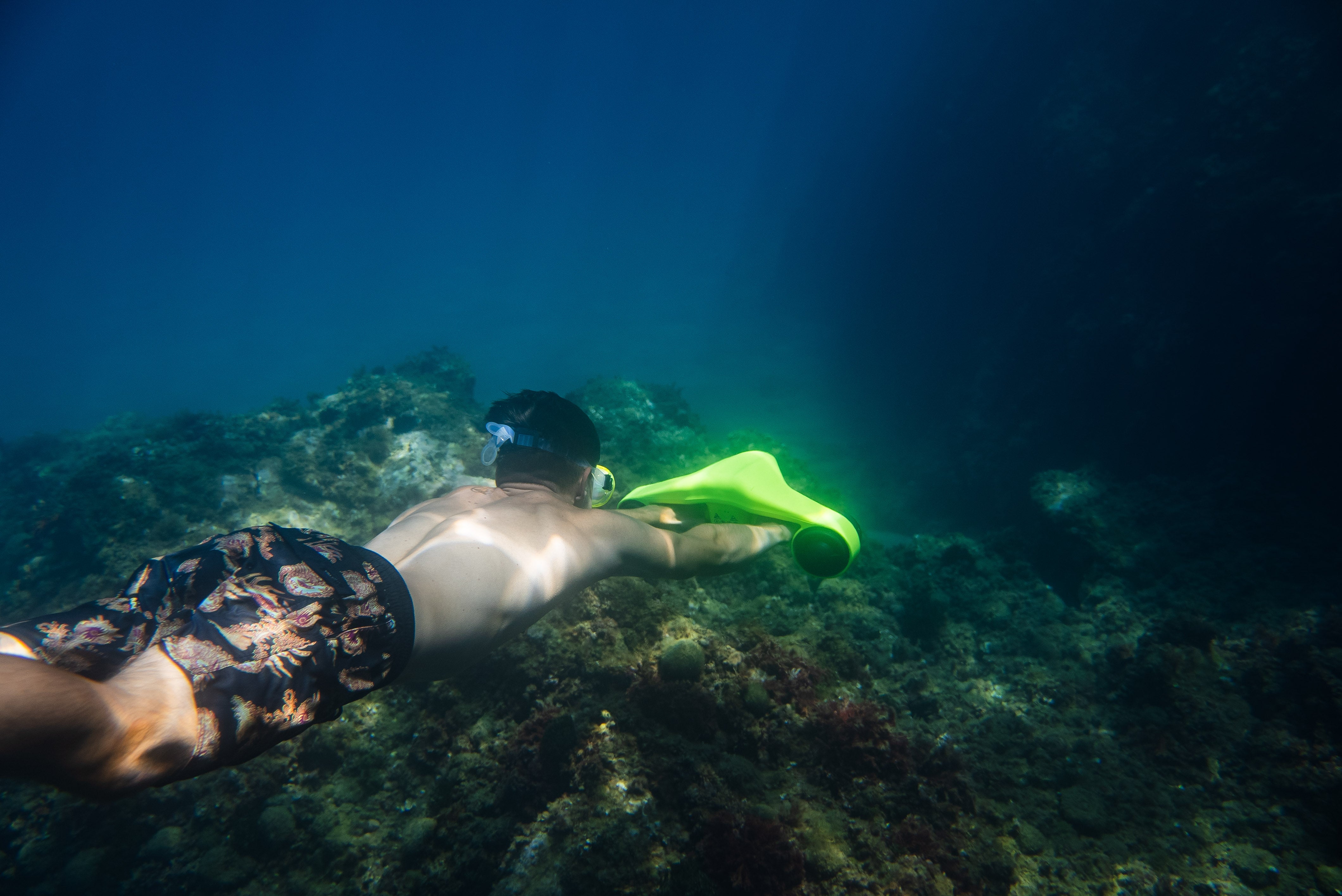
Dejar un comentario